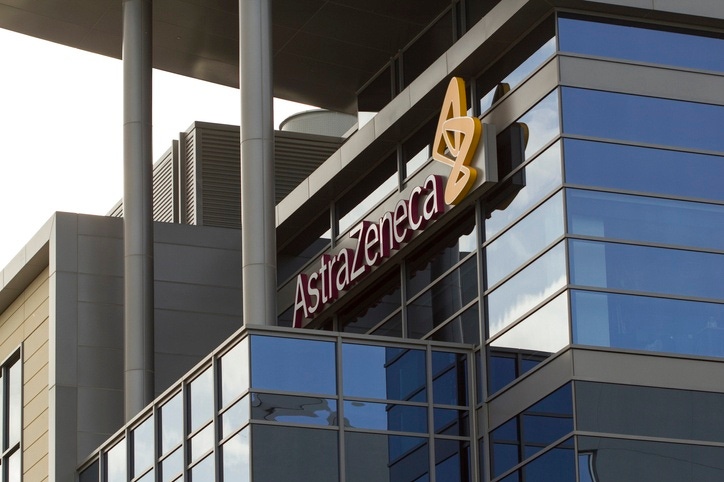Content Spotlight
Podcast: MilliporeSigma says education vital to creating unbreakable chain for sustainability
MilliporeSigma discusses the importance of people, education, and the benefits of embracing discomfort to bolster sustainability efforts.

AstraZeneca says it has established more than 20 different supply nodes in parallel supply chains to roll out three billion doses of its COVID-19 vaccine this year.
Late last month, the UK became the first jurisdiction to approve the Oxford-AstraZeneca vaccine (AZD1222) in its efforts against COVID-19. Mexico, Brazil and India are among the countries that have since followed suit, while an approval decision from the European Medicines Agency is expected by January 29.
The vaccine, which uses the modified chimpanzee adenovirus ChAdOx1 as a vector containing the SARS-CoV-2 spike protein, was developed by Oxford University, which partnered with AstraZeneca last April.

Image: iStock/hapabapa
Speaking at the Biotech Showcase, Kumar Srinivasan – VP and global head of Business Development and Licensing, BioPharmaceuticals R&D, AstraZeneca – said the Anglo-Swedish biopharma firm came on board “to make the vaccine successful and available globally.”
He told stakeholders that through the combination of AstraZeneca’s network with its strategic partners will result in three billion doses through the end of this year.
The difficulty in making and delivering these sorts of volumes, he argued, highlights the achievements of manufacturing, not just at AstraZeneca but across the whole COVID-19 vaccine sector as the likes of Pfizer and Moderna are also working to produce extraordinary volumes of vaccine.
“Normally in pharma it’s the R&D, commercial, or BD people that share a lot of [acclaim] but in this instance, the manufacturing people should get the lion’s share of credit – whether it’s from AZ [AstraZeneca] or any other company – having done an incredible job.”
Back in March, Oxford University had “a limited manufacturing and supply capacity so they needed a partner,” Srinivasan said. “We decided to immediately offer our capacity in terms of the global reach. But that was only the beginning. Then we had to establish various alliances whether public partnerships that have been governments, or with for profit organizations or CMOs [some of which can be found here, here, and here], or not for profit organizations such as The Gates Alliance, GAVI, CEPI, and other organizations.”
Ten months on and he said AstraZeneca has established “more than 20 different supply nodes in parallel supply chains” covering more than 160 countries and including several major regional partners.
These include the Serum Institute of India to supply Inda along with a number of low and middle income countries, RPharm for Russia and Eastern European countries, BioKangtai in China, Hong Kong, Macau, and Taiwan, and a separate supply chain in South America, including working with Fiocruz in Brazil.
“It’s an incredible complex multiple parallel system of backups, to make sure that when the rolling admission comes in, we are prepared, we are not waiting for after the approval comes in to supply a vaccine.”
You May Also Like